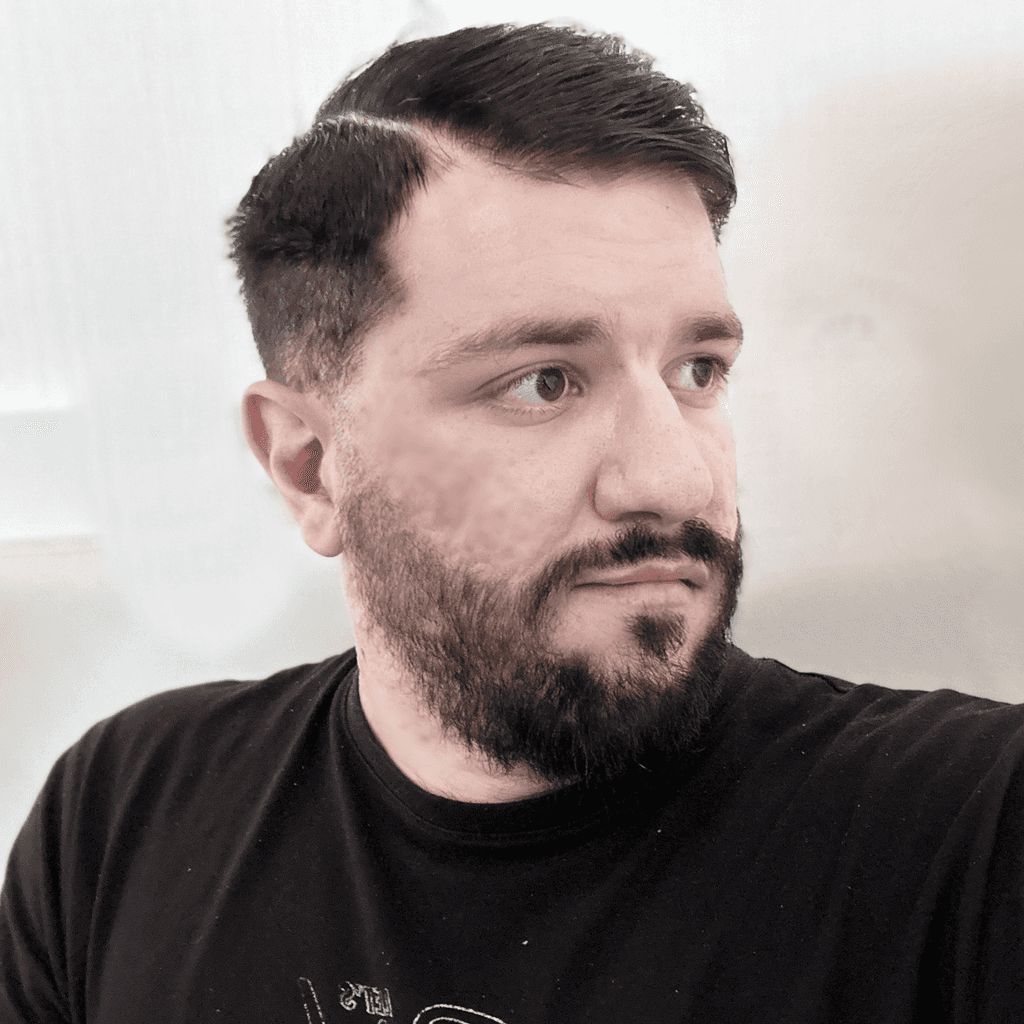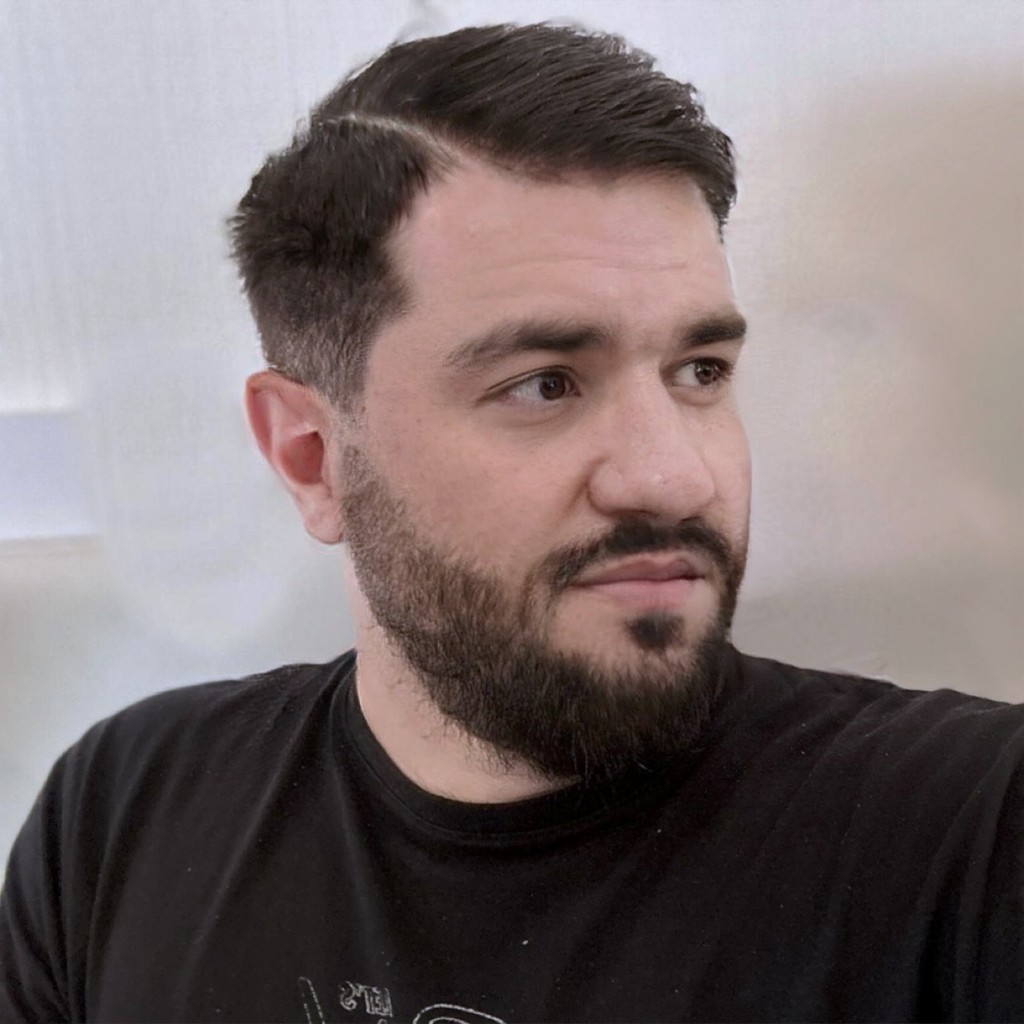How to answer the question "What's your Design Process"
If you've looked for jobs in the creative field, you've likely faced this question without knowing how to respond at first. "What's your Design Process" is a direct question that may feel a bit too blunt. Let's breakdown it.
Riccardo Marconato
Feb 19, 2024
If you've ever hunted for jobs in the creative field, you've probably faced the question, "What's your Design Process?" without knowing how to reply right away. It's a pretty direct question that might seem a bit blunt. It's like asking any professional, "How do you work?" and not everyone can sum up their process on the spot. But this question is actually a chance to briefly explain how we work. While our portfolio shows the results, answering this question helps clarify how we usually get there.
Is there a perfect answer to this question?
Of course not.
There's no one-size-fits-all answer to this question since everyone thinks the Design Process should be expressed in their own way. The company you're interviewing with knows there's no perfect Design Process and is probably more interested in how you explain yours rather than the specifics. What really matters is how clearly you respond to the question.
Even if your Design Process is different from the company's, they might appreciate how well you explain it. The interviewer probably believes that if you can explain your Design Process clearly, you'll be able to adapt to theirs once you're on the team, thanks to your communication skills.
This question is a great way to see if you can communicate effectively before you even start designing.
The Design Process depends on the field
I'm ready to answer this question because, I'll admit, years ago I had no clue what my Design Process was. Sure, I was designing, but I never really thought about the how and why of it. So now, whenever someone asks about my Design Process, I've got a well-prepared answer. I figured it out for myself first, realizing it took a lot of personal reflection to come up with the response I give.
Before we dive in, let's say it again: the Design Process really depends on the field we're in. Some steps are universally applicable, but others are closely tied to our specific role. This can make things tricky, but it's also true that if we're applying as Product Designers, we can't show up to the interview with an illustrator's mindset.
In the example I'll provide later, the Design Process is for a Product Designer role at a company that designs and develops apps and services for businesses. And just to note, I'm not only a Product Designer but can also work as an Art Director. While the skills required are different, there's still some overlap with the strong visual skills a Product Designer has.
My Design Process as Product Designer
To give a thorough answer, you'd usually need endless time, which isn't doable in an interview. Try to summarize the whole Design Process in under two minutes, which often works. The interviewer can then ask more detailed follow-up questions.
Take this list as starting point, and describe it in two minute.
Start with Research and Discovery to gather all the info I can.
Create User Personas from my research to steer my design choices.
Focus on Information Architecture to logically organize content.
Move on to Wireframing to sketch out the layout and structure.
Build Prototypes for user testing and feedback.
Work on Visual Design to keep a consistent look and feel.
Interaction Design is key for intuitive user experiences.
Use Testing and Iteration to tweak the design based on user input.
Collaborate with developers for a smooth Development Handoff.
Launch the product and keep an eye on its performance for ongoing improvements.
Not easy, right? In 2 minutes for a generic Product Design position it coulee something like:
I kick things off with a solid phase of Research and Discovery to gather all the relevant data and insights I can. This means doing surveys, interviews, and market analysis to really get a feel for what your potential users need and how they behave. From this in-depth research, I create detailed User Personas that represent different segments of your target audience. These personas will guide us in making informed design choices throughout the project.
Next up, I focus on building a strong Information Architecture to logically organize content so it's easy for users to navigate. This solid foundation lets us move on to Wireframing, where we sketch out the basic layout and structure of each screen or page, giving us a visual blueprint for the design.
Then, I create interactive Prototypes to conduct user testing and gather feedback. This step is key for spotting potential issues and making sure the design meets user expectations. Once we've collected feedback, I spend time refining the Visual Design, making sure the final product has a consistent look and feel, while ensuring the Interaction Design supports smooth and intuitive user experiences.
I use Testing and Iteration to keep improving the design based on user input and testing outcomes. This ensures the final product is user-friendly and functional. As we near the final stages, I work closely with developers to ensure a smooth Development Handoff, where all necessary design specs and assets are clearly communicated.
Finally, we launch the product and keep a close eye on its performance. We use analytics and user feedback to make ongoing improvements, ensuring the product stays relevant and effective in meeting user needs.
Answer the question once a day
To really level up your skills, try answering the question once a day.
Record yourself each time, so you can track your progress. Listen back and spot areas to improve.
Then give it another shot the next day, aiming to make your response better. By keeping up with this routine, you'll gradually boost your skills and confidence.

Riccardo Marconato
I design high-end digital experiences and visual design for the crypto/Web3, AI, and tech industries.









